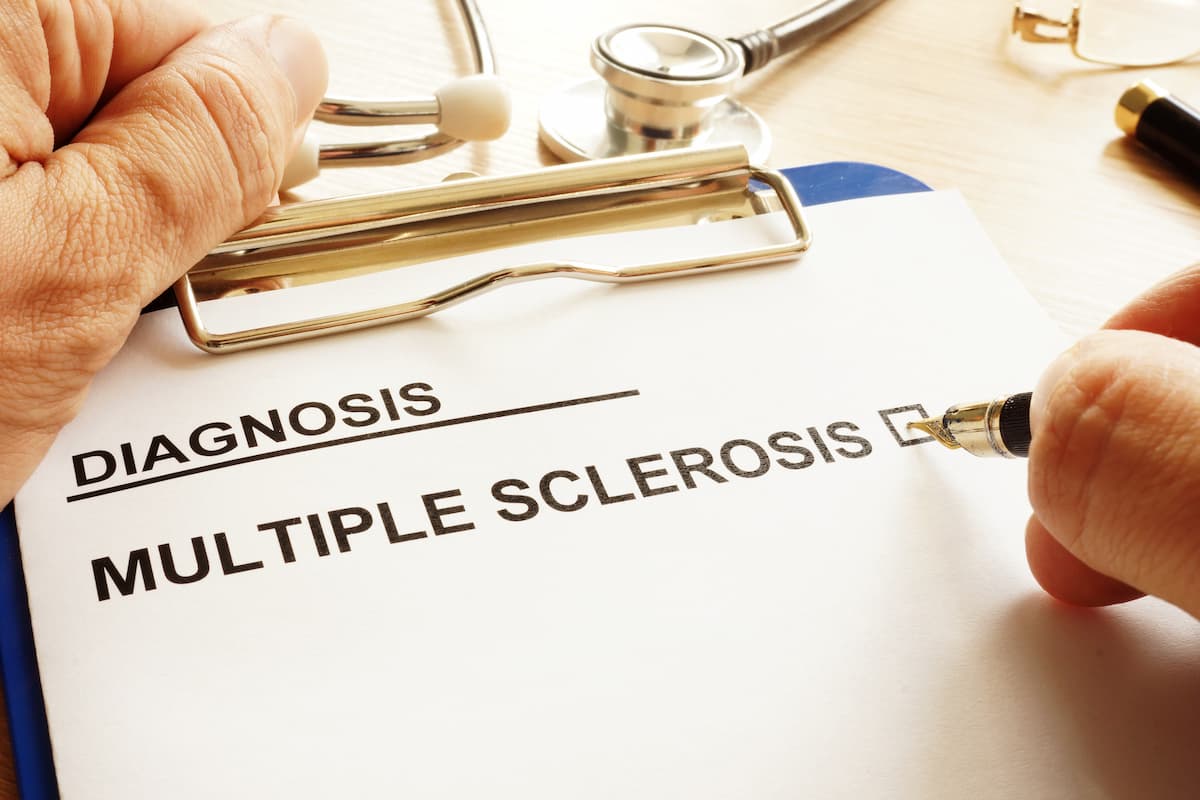Article
Disease-Modifying Therapies Decrease Number of Patients With, Not Onset Toward, Secondary Progressive MS
Author(s):
Results from a long-term observational study found that disease-modifying therapies lowered conversion rates to secondary progressive multiple sclerosis (MS) among patients with relapsing-remitting multiple sclerosis.
Results from a long-term observational study found that disease-modifying therapies (DMTs) lowered conversion rates to secondary progressive multiple sclerosis (SPMS) among patients with relapsing-remitting multiple sclerosis (RRMS). Patients who reached SPMS while taking DMTs had similar time to SPMS and disability progression as untreated patients.
SPMS is a serious event for patients with multiple sclerosis (MS) because once this stage of disease occurs, there is an inevitable progression of disability. For patients with RRMS, it is crucial to delay the course of the disease as much as possible and DMTs serve this purpose. Previous studies have had conflicting results on whether DMTs reduced SPMS conversion in these patients. This study aimed to resolve any ambiguity from prior research and looked to determine if DMTs reduced disability progression in patients who advanced to SPMS.
For an observational period of 18 years, 204 patients with RRMS were followed and treated with DMTs. Treatment options for first-line DMTs included interferon β or glatiramer acetate. Therapies after treatment failure, defined as the occurrence of 2 or more relapses within 1 year despite first-line agents used for at least 6 months, included mitoxantrone, cyclophosphamide, natalizumab, or fingolimod. SPMS was confirmed when an expanded disability status scale (EDSS) score of ≥3 had a 6-month worsening to EDSS ≥4 without relapse. An EDSS score of 3 represented moderate disability while an EDSS of 6 meant increased/severe disability.
From the first MS onset, 109 patients (53.4%) reached an EDSS of 3 within an average time of 14.1 years. Of the 109 patients, 40 worsened to an EDSS score of 6 after an average of 13.4 years. Researchers found that 74 patients (36.3%) converted to SPMS at an average of about 8 years, with 40 reaching an EDSS score of 6 after a mean time of 9 years. Forty patients (19%) had an EDSS score of 6 at an approximate mean time of 19.9 years. Additionally, 52 patients who started second-line DMTs after SPMS progressed to an EDSS of 6 after an average time of 12 years from MS onset. Study authors also found that 9.5% of patients reached an EDSS of 6 in patients with RRMS who changed to second-line DMTs after an approximated time of 21 years.
Variables attributed to an EDSS of 3 included older age and multifocal syndromes at disease onset. Variables predictive of SPMS and an EDSS of 6 included older age, multifocal syndromes at disease onset, time to an EDSS of 3, and treatment failures.
From the results of this study, the authors concluded that DMTs decreased the number of patients attaining an EDSS of 3 and 6 while also reducing the rate of conversion to SPMS. However, DMTs did not have an impact on the time to an EDSS of 6 from disease onset or SPMS. Time to SPMS conversion was also not affected by DMTs, suggesting that MS progression has mechanisms that DMTs do not control. Because DMTs have been unable delay time to SPMS and disability progression, the study authors recommend additional research in this area to better manage these patients.
Reference
Coret F, Pérez-Miralles FC, Gascón F, et al. Onset of secondary progressive multiple sclerosis is not influenced by current relapsing multiple sclerosis therapies. Mult Scler J Exp Transl Clin. 2018;4(2):1-12. doi:10.1177/2055217318783347.





